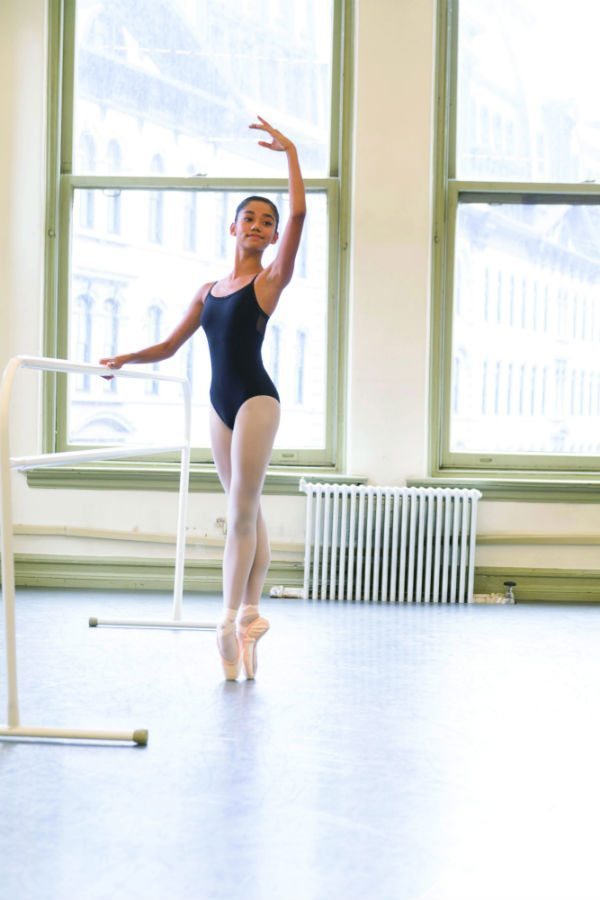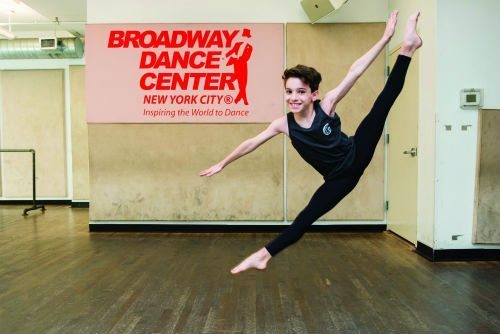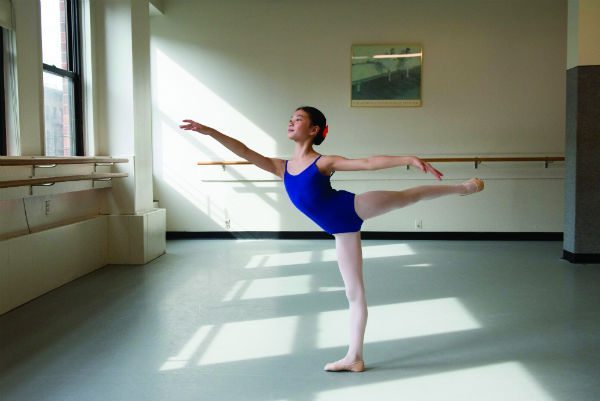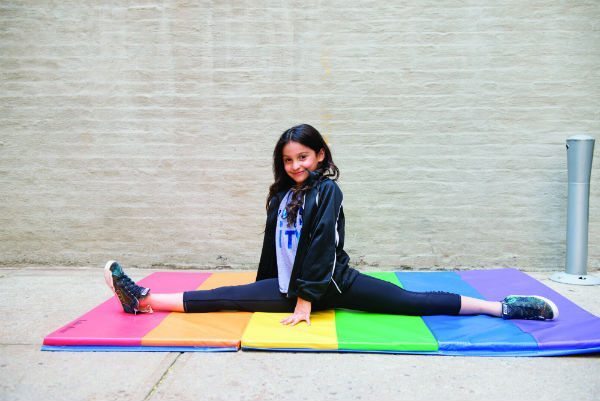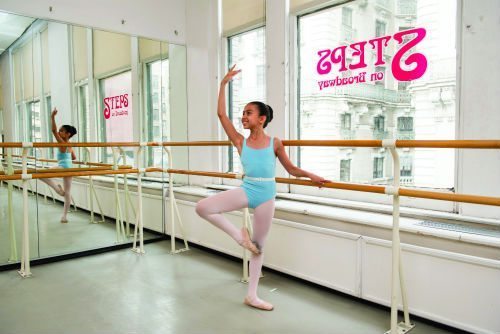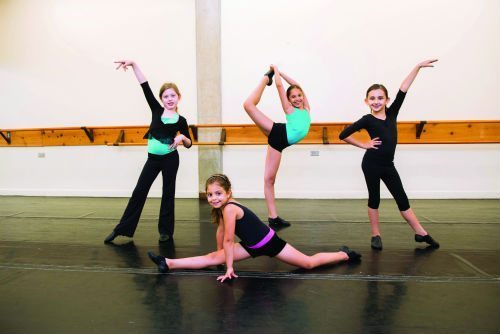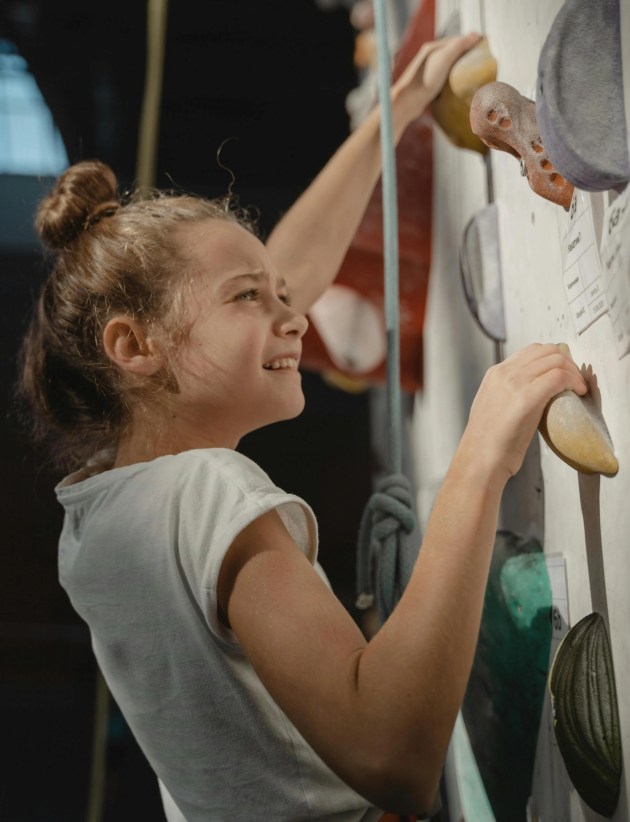Photos by Stylish & Hip Kids Photography
Editor’s Note: For our Selective Guide to the best local dance programs and venues, click HERE!
Is your child ready to make the jump from twirling around the living room to sashaying across the studio? When considering enrolling your child in dance classes, you’ll have to decide which genre is the right fit—which can be confusing when it seems like every toddler you know is rocking a tutu or ballet slippers. We asked experts from some of the city’s leading dance programs for their insight, so you’ll be able to help your little one dance into the spotlight that’s right for them.
How can I tell what my child is naturally drawn to?
Chances are, if you think your child is interested in dance, you’ve already seen them bopping, twirling, or leaping across your home. Look at these natural movements for the first signs of the type of dance your child naturally gravitates toward, explains Andrea Redman, an instructor at the Lucy Moses School at Kaufman Music Center. “If they’re twirling slowly and enjoy listening to soft music, I recommend ballet,” Redman says. Similarly, Selena Hepburn, the Children & Teen Program coordinator at Broadway Dance Center, asks parents who are considering ballet questions such as: “Is your child developing a Type A personality? Are they a little bit more structured? Do they like slow, calm things? Are they very detail-oriented?” At the other end of the spectrum, Redman says if your child is jumping around while they dance and likes listening to fast-paced music, start with jazz or hip-hop. For a child who loses focus easily and always wants to keep moving, a more upbeat style will be a better fit.
Why do so many young dancers seem to take ballet?
Many instructors agree that ballet is the foundation of all dance. “Ballet teaches a more detailed technique than most other genres,” explains Darla Hoover, the artistic director of Ballet Academy East’s Pre-Professional Division. She, as well as other experts we spoke with, agree that dancers who begin with a technical style such as ballet will be better prepared for all other genres they try throughout their lives. Studies have shown that ballet also offers many cognitive benefits, adds Cynthia Harvey, the recently appointed artistic director of the American Ballet Theatre (ABT) Jacqueline Kennedy Onassis School. From her extensive experience dancing and teaching ballet, Harvey says the memorization and rhythmic skills ballet teaches last a lifetime.
What if I don’t start my child with ballet?
While ballet does come highly recommended for beginners, instructors understand that not all children are cut out to maintain the slow and steady pace that learning ballet requires. Over the past year, the Lucy Moses School’s Redman has seen modern and jazz becoming much more popular among beginners. “A lot of kids simply react more to faster music or prefer to dance more freeform,” she says. The Lucy Moses School allows students to take more than one genre to start out, an option Redman has found to be very popular because of the well-rounded dancers it creates. Just as when starting any activity, dance has to be enjoyable in order for the child to want to continue. “Between ages 3-8, it has to be fun,” ABT’s Harvey says. If kids are forced into a genre they don’t enjoy, their dance career will most likely be short-lived. By allowing them to simply have fun in their starting years, the hope is that they make the choice to seriously continue on their own.
When can a child choose a class on their own?
The professionals we spoke with seem to agree that children tend to be able to choose their own genre of dance between ages 5-6. Also, though perseverance is something most parents pride themselves in teaching kids, the instructors believe a child will know whether they like a certain genre of dance within the first few classes. Some studios, such as Broadway Dance Center’s Children & Teen Program, allow an add/drop period during the first few weeks of class. Hepburn recommends that parents stay flexible during the period and allow their child to experiment with as many classes in order to find the right one.
How can I help my child love dance?
Obviously, no two dancers are alike, just as no two dancers fall in love with the art in the same way. There isn’t simply one clear-cut path for dancers to twirl along. Rather, your child will have the chance to create their own. The American Ballet Theatre’s Harvey and Ballet Academy East’s Hoover both started dancing at young ages but in different genres. Hoover, who went on to be a featured soloist in the New York City Ballet, began her first year of dance with tap. Whereas Harvey, the first American to be invited to join Britain’s Royal Ballet as a principal dancer, began with ballroom dance. Though all dancers grow and progress in different ways, Harvey says fun
and enjoyment are the common ingredients in any success story. Parents have the power to choose their child’s activities for a number of years, but if pressure overpowers leisure, the child will likely stray from dance when they’re old enough to make their own decisions. “It takes a lot of love and dedication,” Harvey says as she explains the importance for parents of maintaining a balance of encouraging commitment and enjoyment. She emphasizes that children are more likely to fall in love with dance if it’s their choice. Whether your child spins directly into their dream genre or constantly leaps from style to style, there isn’t a right or wrong direction in this art.













